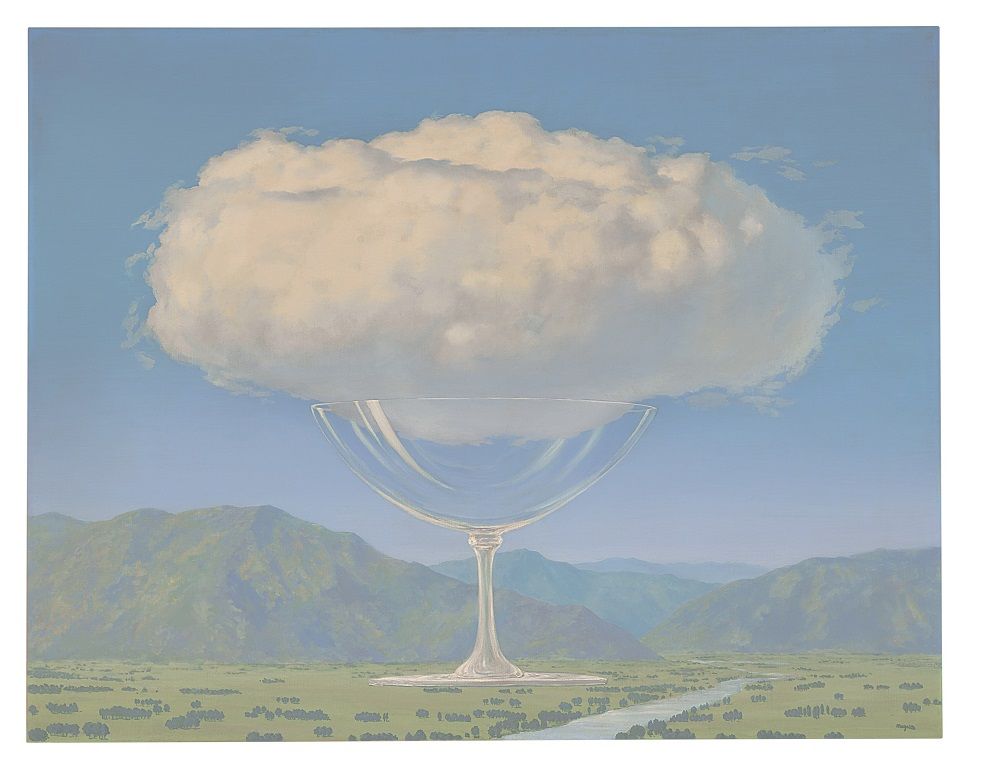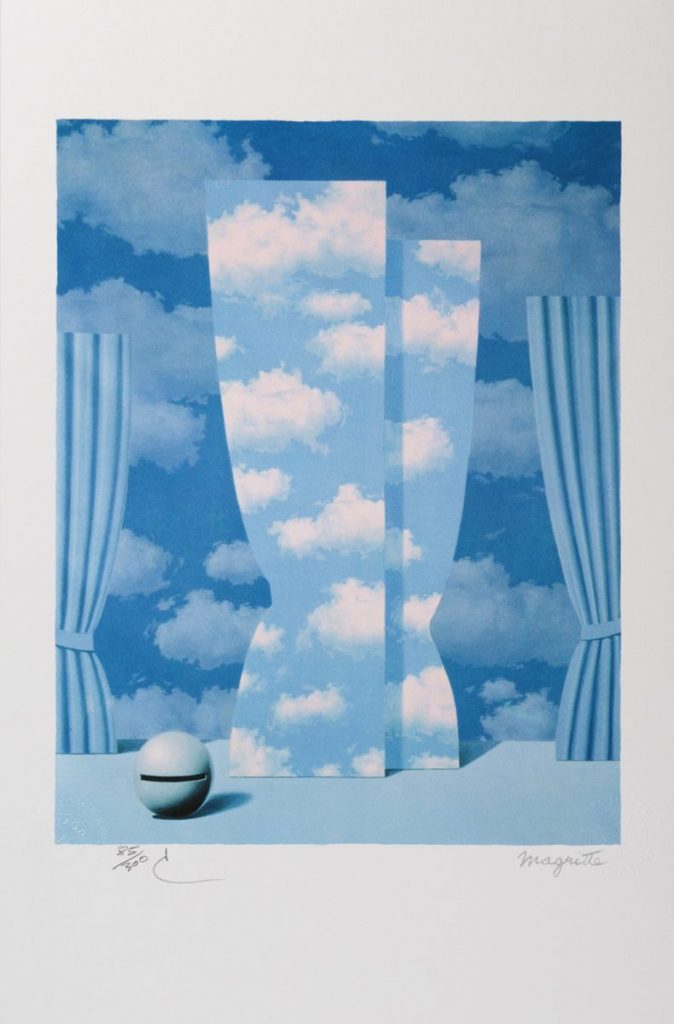Context
In recent years, scholarly attention has been overwhelmingly directed toward cataphatic or affirmative traditions of contemplation and mysticism in late medieval England. Frequently containing strongly visual and affective elements, these traditions start from the premise that a number of qualities can be affirmed about God: his nature as love, his goodness, the possibility of his apprehension through the spiritual senses etc. Most of the members of the small group misleadingly homogenised in modern times as ‘The Middle English Mystics’, utilise these traditions to a greater or lesser extent. Richard Rolle hears divine melody and burns with a flame of love; Julian of Norwich uses a vision of Christ crucified as a vehicle for new insights about God’s bond with humankind; Margery Kempe disturbs contemporary audiences with her performances of affect in response to Christ’s passion, and even Walter Hilton focuses on a divine image hidden within the soul which needs to be sought out and restored. All these writers have received extensive critical attention over the last twenty-five years. The two women mystics have each had monographs and ‘Companion’ volumes of essays devoted to them, as well as dedicated conferences focused upon their writings. They have also been the subject of a range of contemporary creative and devotional responses. By the same token, the Yorkshire hermit Richard Rolle, one of the most prolific and widely-copied writers of the late Middle Ages, has also attracted considerable attention, forming the principal subject of several important monographs.
However, running alongside this tradition of cataphatic mysticism, is a second contemplative tradition, termed apophatic or negative, which seeks to erase sensory perceptions and to strip away all that can be known about God, leading the disciple instead toward a place of darkness and cognitive obscurity. This tradition, ultimately derived from the writings of the sixth-century Syrian, Pseudo-Dionysius, long believed to be the Athenian convert of St Paul, has received much less attention within English medieval studies despite its profundity and sophistication. Its main exponent in Middle English is an anonymous author known as the Cloud-author, probably a Carthusian from the north-east Midlands, who wrote an ambitious contemplative work titled The Cloud of Unknowing, together with five shorter treatises, including a Middle English translation of Pseudo-Dionysius’s Mystica theologia, developing his specialised theology in various directions. Although excellent editorial work has been undertaken on these treatises, along with various translations into modern English, astonishingly no largescale critical work has been published for almost twenty-five years, and they have rarely formed the focus of scholarly discussion and collaboration. By the same token, the net has not been broadened to consider the possibility of an English apophatic tradition, within which the Cloud-author plays a key but by no means singular role.
Aims
- This research project will generate new critical work on the Cloud corpus in response to major developments in the understanding of late fourteenth- and fifteenth-century religious culture in England over the last twenty years, paying especially close attention to the theology and rhetoric of the five minor treatises which have been particularly neglected.
- Using a codicological methodology, it will examine the fifteenth- and early sixteenth-century manuscripts of the Cloud-corpus, thinking through the implications of the texts they are copied alongside, and exploring their environments of reception and circulation.
- Innovatively, the project will also approach the Cloud-corpus as a major component of a broader English apophatic tradition, additionally comprising the Latin and vernacular writings of the late fifteenth-century Carthusian, Richard Methley, the Middle English translations of the apophatic continental mystics, Marguerite Porete, Jan Ruusbroec, Hugh of Balma, and Heinrich Suso, and a number of contemplative compilations and miscellanies.
- Work is badly needed to assess the number of manuscripts of Pseudo-Dionysius’s works in medieval English libraries in the late fourteenth and fifteenth centuries, along with commentaries and sermons on Pseudo-Dionysius’s writings by Thomas Gallus, Hugh of St Victor, John Sarracenus, Robert Grosseteste, Albertus Magnus and Thomas Aquinas, and it is unknown to what extent these Latin texts continued to circulate and to be recopied.
- Equally, while the oeuvre of the twelfth-century Victorine authors, Hugh and Richard, is often cited as a contemplative influence upon the Cloud-author, Richard Rolle and others, more work is needs to define their particular brand of apophatic theology (often conveyed through cataphatic structures), to ascertain to what degree these Victorine texts were available in late medieval England, and to understand how they were being read. The findings from these bibliographical investigations will enable us to sketch the perimeters and distinctive traits of an English apophatic tradition.
Key Questions
This project will examine a series of texts, translations, and compilations in Latin and Middle English which promote imageless contemplation, and work by stripping back established processes of cognition. It will study these texts in relation to their influences and intertextual engagements, and circumstances of production and circulation, in order to answer the following questions:
- Is it possible to discern a distinctively English apophatic tradition, formed in dialectic with the political and ecclesiastical crises of the late fourteenth- and fifteenth-century England, and if so, what are its central characteristics and key texts?
- What is the trajectory of such a tradition, and where should we set its perimeters (for example, some texts in Methley’s œuvre appear to fuse cataphatic and apophatic forms of expression)?
- Given the Christian NeoPlatonist roots of the Mediterranean apophatic tradition, what implications might the formulation of a more forceful fifteenth-century English apophatic tradition have for traditional constructions of sixteenth–century Christian NeoPlatonism?
- In gaging continental input into this tradition, what role is played by exegetes and mystics from monastic houses in the Savoy, Constanze and Winterthur (Thomas Gallus, Hugh of Balma, Heinrich Suso)? Is it pushing things too far to speak of a distinctively ‘Swiss’ or transalpine influence upon English apophatic theology?
The answers to these questions will rebalance current formulations of the late medieval religious landscape in England, and will open a window upon an apophatic corpus incorporating but also extending well beyond the traditional Cloud-corpus. Additionally, they will open a conversation about locations and networks of apophatic composition within Europe, and the ways they communicate with one another and with England.
Outputs
- Doctoral thesis
- A collaborative monograph, co-written by the project leader and senior researcher, provisionally titled The English Apophatic Tradition in Late Medieval England.
- Scholarly articles by team members addressing some of the more focused areas of investigation.
- An international conference held during the third year of the project. Bearing the title ‘The Cloud-author and the English Apophatic Tradition’, the conference is envisaged as a key part of this project’s collaborative endeavour. Crucially, very little large scale work has taken place on the Cloud-corpus for over twenty years, and a newer generation of scholars has yet to pick up the gauntlet thrown down by the foundational scholars of the 1980s and 90s. The conference will actively seek to stimulate new research on this corpus, and will solicit contributions from a number of early- and mid-career scholars working in the field of vernacular religious writing, and from prestigious keynote speakers with a track record in vernacular mysticism. The conference will be interdisciplinary, engaging contributors from the domains of English medieval studies, medieval theology and philosophy, and medieval ecclesiastical and intellectual history.
- A ‘Companion’ volume of essays on the Cloud-author, seeking both to replicate the success of similar volumes on Julian of Norwich, Margery Kempe, and Medieval English Mysticism, but also to update the aims and concerns of such a volume in relation to the 2020s. In order to give a coherent shape to the volume, some contributors will be invited directly to write essays on specific topics, while others may be selectively drawn from the international conference in response to some of the most pressing or innovative themes to emerge. This volume will have the potential to be wide-ranging geographically, temporally and thematically.
- A public interdisciplinary conversation with psychologists, therapists and spiritual directors, designed to attract a broad public audience beyond the academy. Fascinatingly, the techniques of the Cloud-author seem to chime with contemporary spiritual needs and practices much more than the affective and imaginative meditations that exercised such a strong hold in the late Middle Ages, possibly because of the largely implicit character of their Christology – they appear easily transferable to spheres of practice outside Christian doctrinal adherence. A number of popular contemporary religious and psychological practices (mindfulness, Christian centering prayer, some schools of Buddhist meditation etc.), advocate techniques of self-kenosis, the setting aside of thoughts and imaginations, and the use of a repetitive, one-syllable prayer word, in ways that apparently share much in common with the ‘work’ elaborated within the Cloud-corpus. This event would bring the team into conversation with the psychologists, therapists and spiritual directors who advocate such techniques in an attempt to determine why they exercise such a strong contemporary hold. The conversation would aim to share points of commonality (while retaining an appropriate sense of the historical and textual specificity of this corpus and tradition), and to hear about the practice of these techniques within experiential and therapeutic milieux. It would be hoped that a media report, and possibly a co-written article or video, might emerge from this engagement.
- Interim results will be presented in years 2-4 of the project by the team at the major international medieval conferences, and through presentations to interdisciplinary centres of medieval and early modern studies in Switzerland.
- A customized webpage hosted by the University of Lausanne, providing information about the project for the international medieval community, and a Twitter feed. The team will post regular blogs offering accessible write-up of aspects of their ongoing research, they will also invite guest blogs by other scholars in the field.
The cover image is René Magritte’s La corde sensible, 1960.


